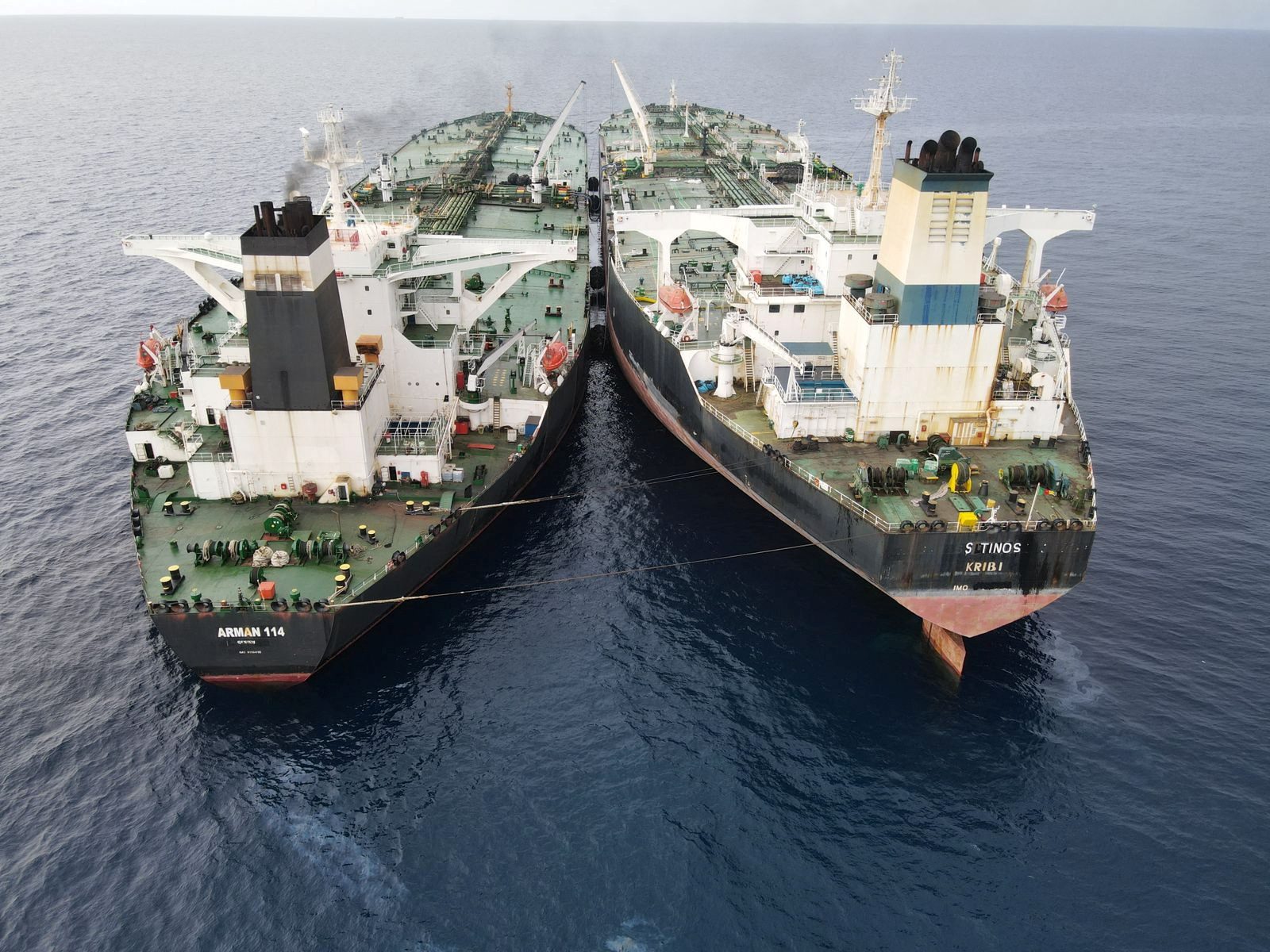As tensions in the Middle East cool and a potential second Trump administration becomes a realistic scenario, a critical question is emerging: Will Donald Trump lift sanctions and allow Iran to trade oil globally?
Trump’s Historical Approach to Iran
During his first term, Trump withdrew the U.S. from the Iran nuclear deal (JCPOA) in 2018 and reinstated heavy sanctions, particularly targeting Iran’s oil exports — a major source of its revenue. His administration pursued a “maximum pressure” strategy aimed at weakening Iran’s economy and curbing its regional influence.
What Could Change in 2025?
However, the geopolitical landscape has shifted significantly. If Trump views Iran’s cooperation in ceasefire negotiations or broader Middle East stability as beneficial to U.S. interests, he may reconsider aspects of the sanctions— especially if it leads to:
- Lower global oil prices (which would benefit U.S. consumers)
- Containment of conflict in the Gulf region
- New bilateral negotiations with Iran on nuclear or regional issues
In such a scenario, allowing Iran limited access to global oil markets could be used as a bargaining tool in exchange for stricter oversight or strategic concessions.
Risks of Lifting Oil Sanctions
Lifting sanctions entirely could face opposition in Congress, from U.S. allies (like Israel), and within the defense community, who may argue that oil revenue would strengthen Iran’s military and regional proxies.
Furthermore, it could send mixed signals to other sanctioned states and undermine the credibility of U.S. foreign policy tools.
Final Outlook
While Trump is unlikely to completely normalize Iran’s global oil trade without conditions, he could entertain partial sanction relief tied to new agreements or strategic leverage. As always with Trump, the approach would likely be transactional, aimed at securing maximum political and economic benefit for the U.S. while projecting strength on the global stage.














